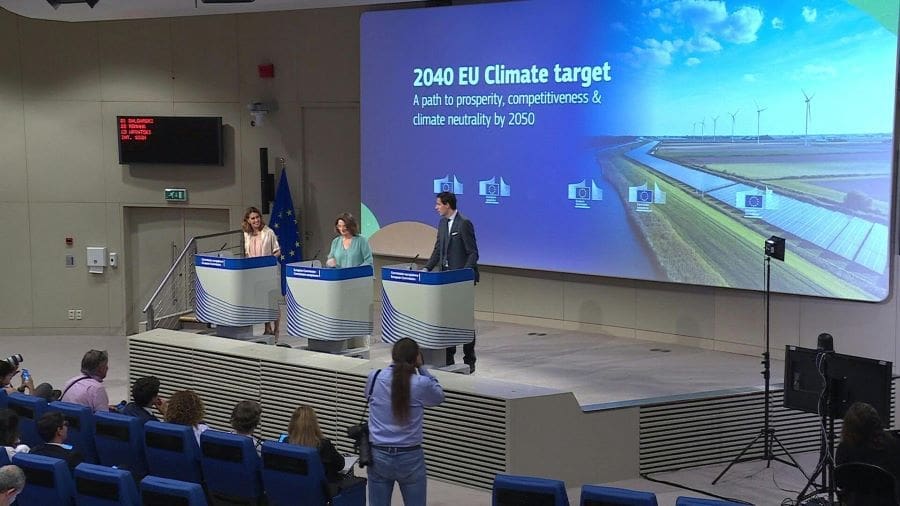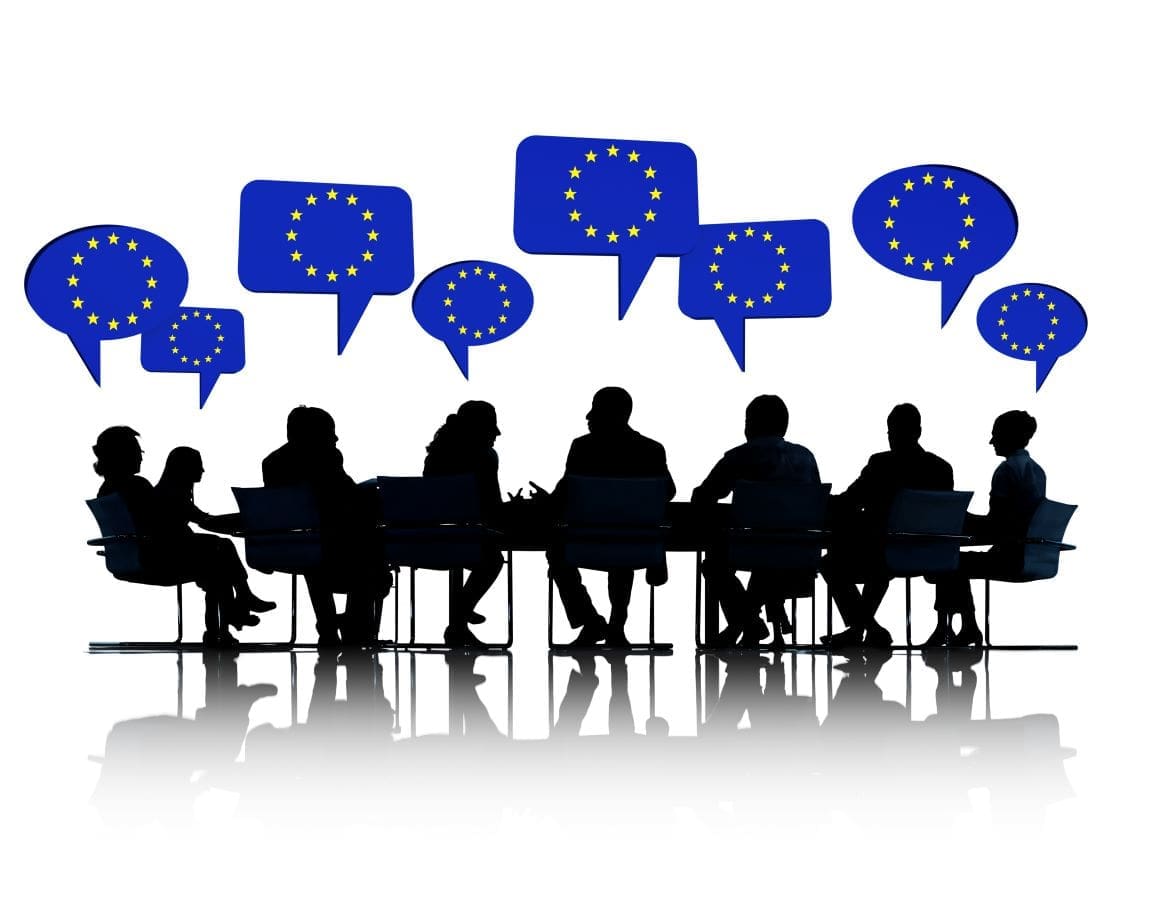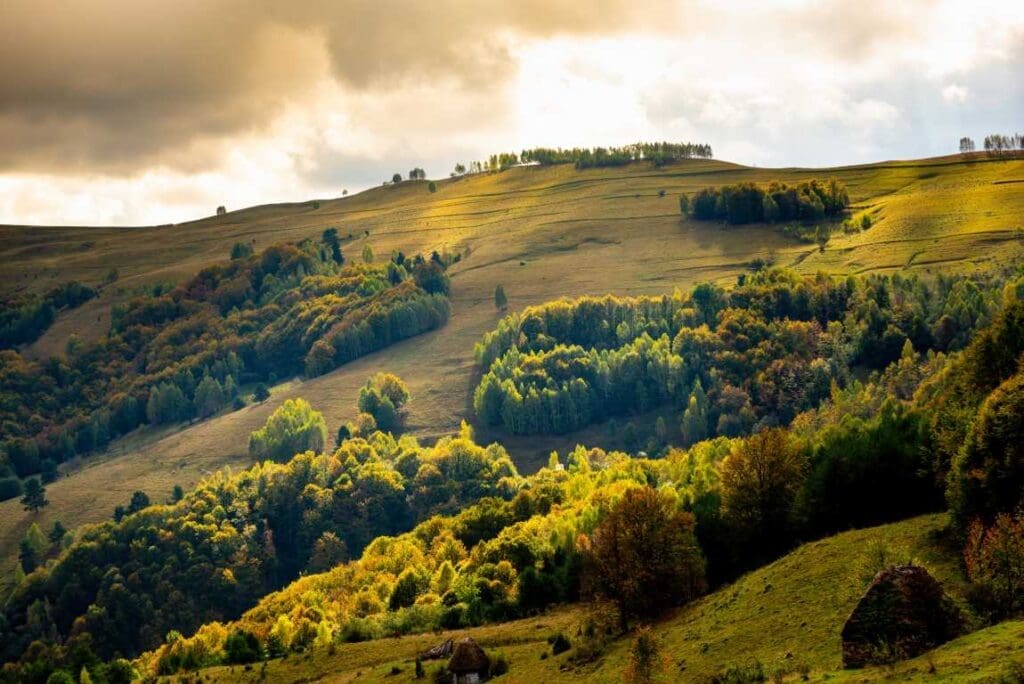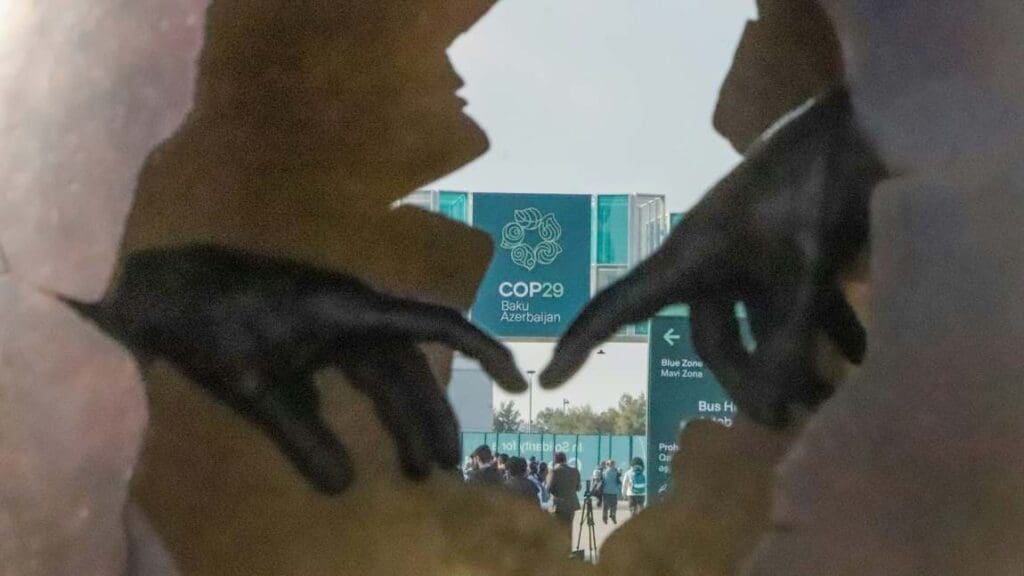Brussels, Belgium | AFP
The EU on Wednesday unveiled its long-delayed target for cutting greenhouse gas emissions by 2040, but with contested new flexibilities built in to win over the most sceptical member states.
After months of tough negotiations, Brussels announced it would stick to the headline objective announced last year of cutting emissions by 90 percent by 2040, compared to 1990 levels.
The proposal comes as much of Europe roasts in an early summer heatwave, which scientists say are becoming more intense, frequent and widespread due to human-induced climate change.
The 2040 target — which needs sign off from the European Union’s member states and parliament — is a key milestone towards the bloc’s goal of becoming carbon neutral by 2050.
Brussels says the EU has already cut climate-warming emissions by 37 percent relative to 1990 but its green agenda faces pushback with a rightward shift and rising climate scepticism in many European countries.
EU climate chief Wopke Hoekstra acknowledged the “sensitive” debate, saying Brussels was keeping an “ambitious” goal while being “pragmatic and flexible on how to achieve it”.
To sway resistant capitals, the European Commission proposes that from 2036, the bloc’s 27 countries can count carbon credits purchased to finance projects outside Europe, for up to three percent of their emission cuts.
Climate campaigners are broadly opposed to the measure.
Backed by scientific studies and the commission’s own science advisers, they say factoring in international credits — for things like tree-planting or renewable-energy projects — risks undermining the EU’s own efforts to shift away from fossil fuels.

“While this is a step in the right direction, by sneaking in international offsets and leaning heavily on supposed future carbon removals, the European Commission has built loopholes into the heart of the proposal,” WWF EU said.
“Three percent is not insignificant,” echoed Neil Makaroff, an expert at the climate-focused Strategic Perspectives think tank. “These are potentially considerable sums that will be spent abroad instead of financing the transition” in Europe.
“But there’s a political compromise to be found,” said Makaroff — stressing the importance of “delivering” on the headline target.
EU stands ‘firm’
To reach the 2040 and 2050 objectives, Europe’s industry and citizens will have to undertake major transformations including increased uptake of electric cars, the gradual phasing out of fossil fuels and making buildings more energy-efficient.
“Today we show that we stand firmly by our commitment to decarbonise Europe’s economy by 2050,” EU chief Ursula von der Leyen said.
EU environment ministers will discuss the objective at a meeting in mid-July, ahead of a vote expected on September 18.
EU lawmakers also need to greenlight the target, which requires the support from the biggest group in parliament, the centre-right EPP.
To win others over, Brussels also proposes to make it more financially attractive for companies that capture and store CO2.
The commission’s hope is that the 2040 objective will be approved before the UN climate conference (COP30) in November in the northern Brazilian city of Belem.
But that gives little time for negotiations with sceptical nations, with whom Hoekstra has already spent months trying to build a compromise.
For some states, including the Czech Republic, the 90-percent target is unrealistic.
Meanwhile, others including Italy and Hungary worry about the burden of decarbonising heavy industry at a time when Europe is working to strengthen its industry in the face of fierce competition from the United States and China.
‘Not strain ourselves’
French President Emmanuel Macron wants guarantees for the decarbonisation of industry and support for nuclear energy, the largest source of power in France.
But the commission can count on the support of other countries including Spain and Denmark, which took over the rotating EU presidency this week.
And the three-percent “flexibility” — which mirrors demands made in the new German government’s coalition agreement — should help keep the economic powerhouse on board.
When it comes to Europe’s international commitments, Macron has also stressed the bloc is only bound to present a midway target for 2035 at COP30 in Belem, and not the 2040 objective.
“Let’s not strain ourselves,” Macron told reporters last week. “If we have (a 2040 target) for Belem, great, but if it takes longer, let’s take the time.”
adc/raz/ec/giv
© Agence France-Presse
Article Source:
Press Release/Material by Adrien de Calan | AFP
Featured image credit: rawpixel | Freepik




